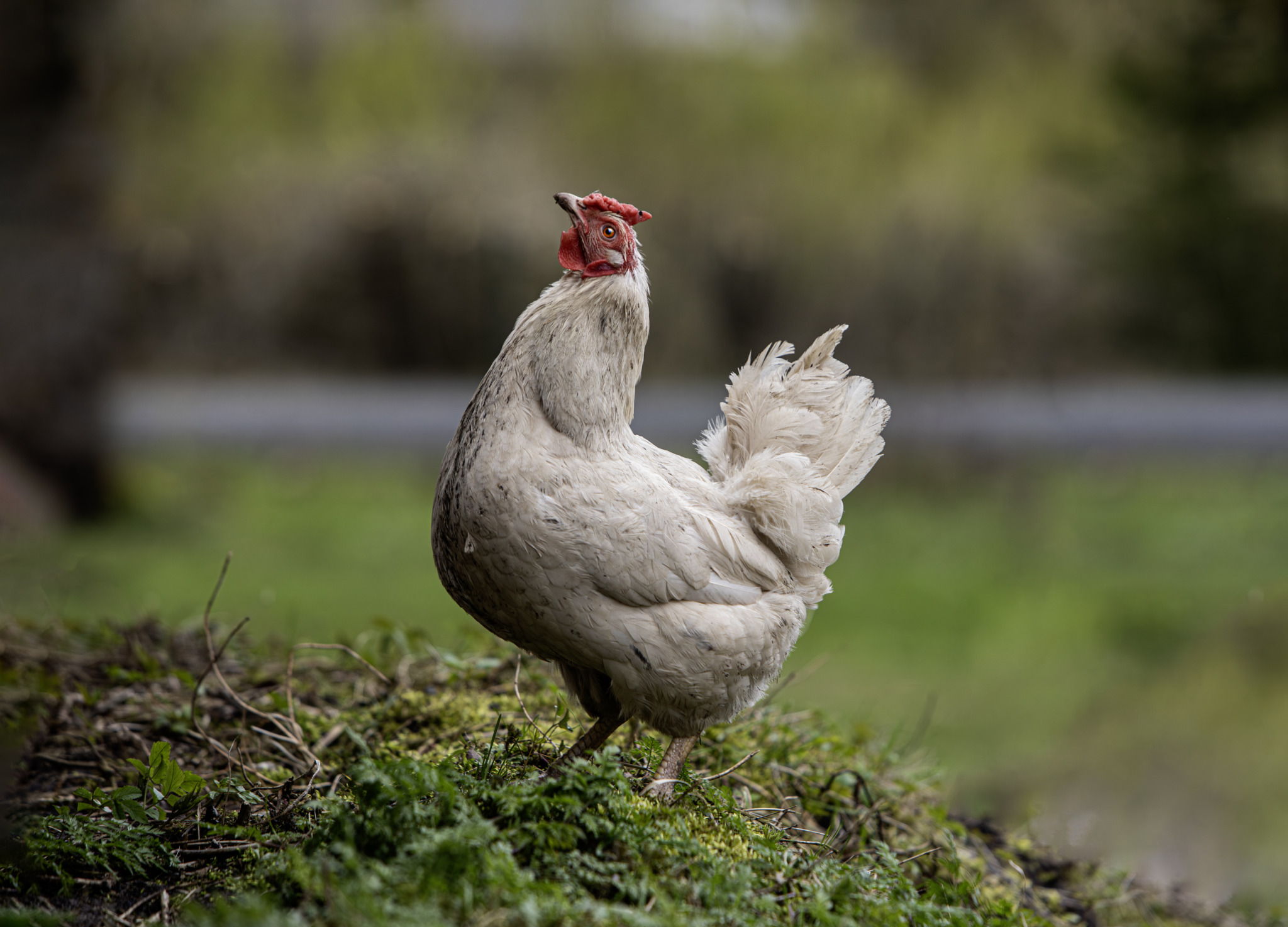Chickens, scientifically known as Gallus gallus domesticus, are domesticated birds that belong to the family Phasianidae, which also includes pheasants and quails. Here are some key features and characteristics of chickens:
- Appearance: Chickens vary in appearance depending on their breed, but they typically have a plump body with feathers covering most of their body. They have a small head with a beak, wattles (fleshy protuberances) on the throat, and a comb on top of the head. Chickens come in various colors and patterns, with breeds ranging from small bantams to large fowl.
- Domestication: Chickens are believed to have been domesticated from the wild red junglefowl (Gallus gallus) of Southeast Asia over 8,000 years ago. They were originally kept for cockfighting, a popular sport in many cultures, but over time, they were also raised for their meat, eggs, and feathers.
- Habitat: Chickens are highly adaptable birds and are found in a wide range of habitats around the world, from rural farms to urban backyards. They require shelter from the elements, such as a coop or henhouse, where they can roost at night and lay eggs.
- Diet: Chickens are omnivores and have a varied diet. They primarily feed on grains, seeds, insects, worms, and small invertebrates found in the soil. They also consume vegetation, fruits, and kitchen scraps. Commercially raised chickens are often fed a balanced diet of grains and protein supplements to promote growth and egg production.
- Behavior: Chickens are social animals that live in flocks, with a hierarchical structure known as the pecking order. They communicate through vocalizations, body language, and pecking behavior. Chickens have a natural instinct to scratch and forage for food, and they enjoy dust bathing to keep their feathers clean and free from parasites.
- Reproduction: Female chickens, called hens, lay eggs, which can be fertilized by a rooster if one is present. The eggs are typically laid in nests within the coop or nesting boxes. The hen will incubate the eggs for about 21 days until they hatch into chicks. Roosters play a role in mating and protecting the flock but are not necessary for egg production.
- Uses: Chickens are raised for various purposes, including meat, eggs, feathers, and as pets or show birds. They are one of the most widely consumed sources of animal protein worldwide, with billions of chickens raised for meat and egg production each year.
Overall, chickens are versatile and economically important animals that play a significant role in agriculture and food production around the world. They are valued for their meat and eggs, as well as for their role in pest control and soil health when raised in free-range or backyard settings.
Visited 257 times, 24 visit(s) today
Views: 362
Subscribe to the newsletter:
